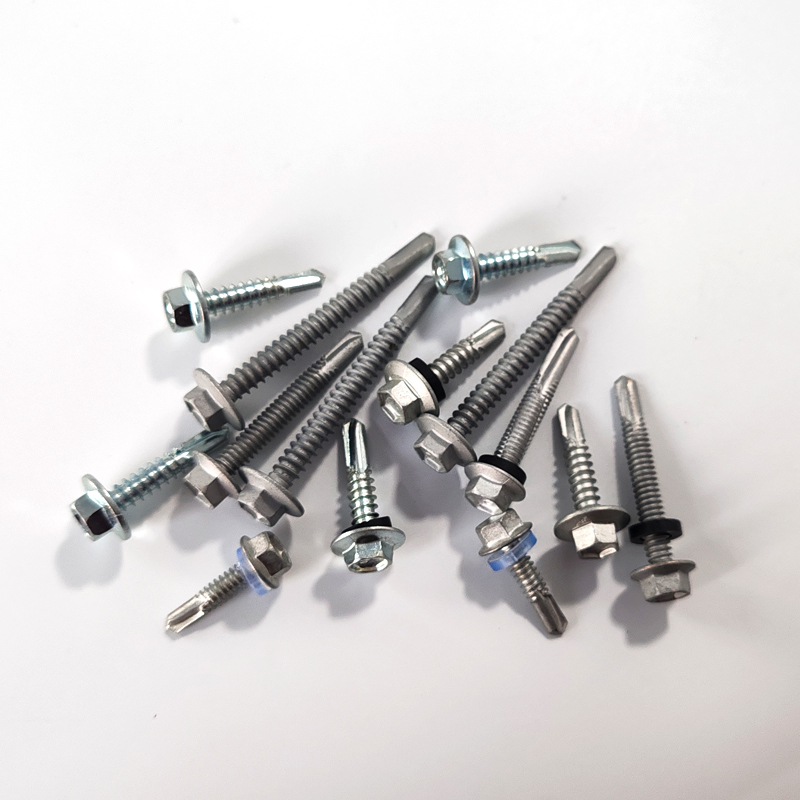Utilizing Chemical Anchors for Enhanced Fixation in Construction Applications
Using Chemical Anchors A Comprehensive Guide
In the realm of construction and engineering, ensuring the stability and reliability of structures is paramount. One innovative solution that has gained prominence in recent years is the use of chemical anchors. These specialized fastening systems employ chemical adhesives to bond materials together, providing an exceptional level of strength and versatility across various applications.
Understanding Chemical Anchors
Chemical anchors consist of two main components a base material, often in the form of a resin, and a hardening agent. When mixed, these components undergo a chemical reaction that results in a robust adhesive capable of anchoring heavy loads. Unlike traditional mechanical anchors that rely on friction or expansion, chemical anchors create a strong bond at a molecular level, making them particularly effective in challenging environments.
Advantages of Chemical Anchors
One of the primary advantages of chemical anchors is their ability to perform exceptionally well in various substrates, including concrete, masonry, and even some types of rock. This versatility makes them suitable for a wide range of applications, from securing structural steel to anchoring machinery in industrial settings. Furthermore, chemical anchors can be used in wet or even underwater conditions, where other anchoring solutions might fail.
Another key benefit is their load-bearing capacity. Chemical anchors often provide higher strength compared to traditional anchors, allowing them to handle significant shear and tensile loads. This characteristic is especially crucial in high-stress environments, such as bridges, high-rise buildings, and seismic zones, where structural integrity is paramount.
Installation Process
The installation of chemical anchors is relatively straightforward but requires careful attention to detail. The process typically involves the following steps
using chemical anchors

2. Drilling Holes are drilled into the substrate according to the specifications for the specific anchor being used. The diameter and depth of the holes depend on the anchor's design and the anticipated load.
3. Injection of Adhesive Once the holes are prepared, the chemical adhesive is injected into the hole. It’s important to ensure that the hole is filled adequately to achieve a strong bond.
4. Inserting the Anchor Following the injection, the anchor is inserted into the hole while the adhesive is still in its semi-liquid state. This allows for proper bonding.
5. Curing The chemical anchor requires time to cure and reach its full strength. The curing process can vary based on the specific product used and environmental conditions, but patience during this stage is essential.
Applications of Chemical Anchors
Chemical anchors are widely used across various sectors, including construction, manufacturing, and maintenance. They are essential for mounting safety barriers, securing shelving systems, installing HVAC units, rehabilitating existing structures, and much more. Their adaptability makes them an ideal choice for both new builds and renovation projects.
Conclusion
In conclusion, chemical anchors represent a significant advancement in fastening technology, offering high strength, versatility, and reliability. As construction projects become more complex and demanding, the importance of effective anchoring solutions cannot be overstated. Whether in residential buildings, industrial facilities, or infrastructure projects, the effective use of chemical anchors can enhance safety and extend the lifespan of structures, making them an invaluable tool in modern engineering. As the industry evolves, the continued development and application of chemical anchoring techniques will undoubtedly play a crucial role in shaping the future of construction.
-
Weatherproof Plastic Expansion Anchors for OutdoorBalitaJun.06,2025
-
Sustainability in the Supply Chain: Eco-Friendly TEK Screws ProductionBalitaJun.06,2025
-
Load-Bearing Capacity of External Insulation FixingsBalitaJun.06,2025
-
Double Head Bolts: Enhancing Efficiency in Industrial MachineryBalitaJun.06,2025
-
Corrosion Resistance in Chipboard Screws: Coatings for Wholesale DurabilityBalitaJun.06,2025
-
Butterfly Toggle Bolts : Enhancing Structural ResilienceBalitaJun.06,2025
